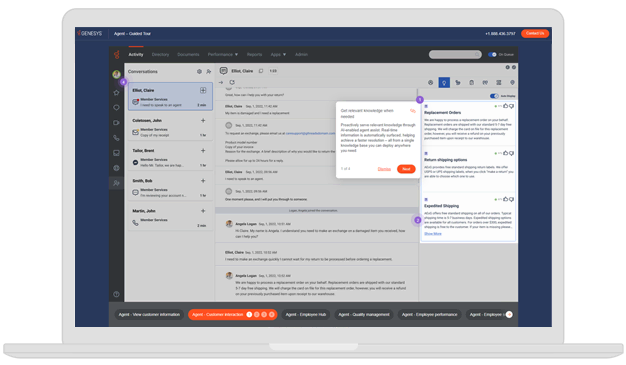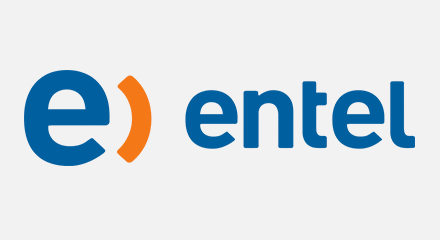The challenges of a telecommunications giant
Vivo is the leading quadruple-play provider in Brazil, providing mobile, TV, internet and fixed telephony services. Today, the company is the largest operator in the country with more than 90 million customers and 17,000 concurrent agents.
In 2015, Vivo completed the acquisition of a company called GVT to expand its portfolio and gain greater market penetration. Each company in the group brought its own platform to interact with customers, operating in 30 sites distributed throughout the country.
“We had a fragmented technological infrastructure that created many inefficiencies, in addition to being a complex scenario for problem solving,” said Rafael Grottoli, IT Director at Vivo. “We needed to unify customer management and expand our service offering with a technology partner that was up to the challenge.”
A contact center transformation
Unifying the customer experience, regardless of the point of contact, was the axis that guided the technology and customer service teams during the design and execution of the TCC project: Transformation of the contact center.
TCC was launched in 2017, and the first step was to choose the right technology partner for this ambitious transformational project. Vivo invited several technology suppliers to participate in a formal selection process, aiming to find the best solution for its needs.
“We knew many platforms. We had old versions of Genesys, Avaya, Trópico, Altitude, among other suppliers,” said Grottoli. “Of the companies we evaluated, Genesys proved to be the most technologically mature provider and the one that offered us the best transition model, which is why it was selected.”







